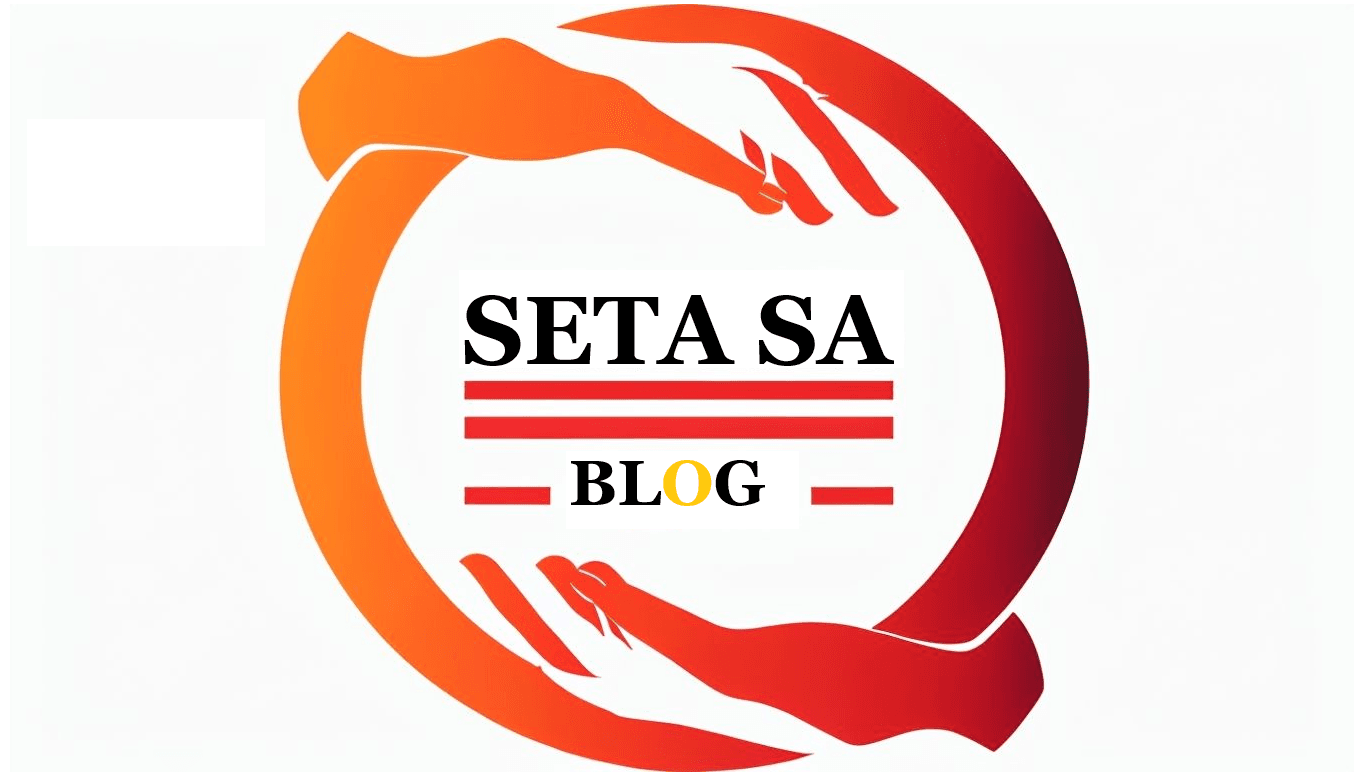
In today’s competitive economic landscape, securing funding is vital for businesses aiming to enhance their skills development initiatives. The Skills Education and Training Authorities (SETA) in South Africa play a crucial role in facilitating funding for training and development programs. This article outlines the essential requirements and steps necessary to apply for SETA funding, ensuring that organizations are well-prepared to access these valuable resources.
Understanding SETA Funding
SETA funding is designed to support skills development in various sectors of the economy. It provides financial assistance to organizations for training initiatives aimed at improving employee competencies. By understanding the purpose of SETA funding, businesses can better align their training needs with the objectives of the SETA, maximizing their chances of receiving financial support.
Eligibility Criteria for SETA Funding
Before applying for SETA funding, it is essential to determine if your organization meets the eligibility criteria set by the respective SETA. Common requirements include:
- Registered Entity: The organization must be a registered legal entity in South Africa.
- Sector Alignment: The business must fall within the sector that the specific SETA covers.
- Training Initiatives: The funding application must be for training programs that address skills shortages and are aligned with the National Skills Development Strategy.
- Compliance: The organization should be compliant with the Skills Development Act and relevant regulations.
Required Documentation for SETA Funding Application
Gathering the necessary documentation is a critical step in the application process. The following documents are typically required when applying for SETA funding:
- Business Registration Documents: Proof of registration, including the company’s registration certificate and tax clearance certificate.
- Training Plan: A detailed training plan outlining the objectives, target audience, and expected outcomes of the proposed training programs.
- Budget Proposal: A comprehensive budget that details the costs associated with the training initiatives, including facilitators, materials, and facilities.
- Proof of Compliance: Documentation demonstrating compliance with the Skills Development Act and any relevant SETA regulations.
- Organizational Profile: An overview of the organization, including its mission, vision, and past training initiatives.
Steps to Apply for SETA Funding
The application process for SETA funding can be broken down into several key steps:
Step 1: Identify the Relevant SETA
Organizations must first identify the SETA that corresponds with their industry. Each SETA focuses on specific sectors, so selecting the correct one is essential for a successful application.
Step 2: Develop a Comprehensive Training Proposal
A well-structured training proposal is vital. This proposal should clearly outline the training objectives, the target group, the methodologies to be used, and how the training aligns with the SETA’s strategic goals.
Step 3: Compile Necessary Documentation
As previously mentioned, gathering all required documentation is crucial. Ensure that all documents are accurate, up-to-date, and complete to avoid delays in the application process.
Step 4: Submit the Application
Once the proposal and documentation are ready, the next step is to submit the application. This can typically be done online through the SETA’s official portal, ensuring that all submissions comply with the guidelines provided by the SETA.
Step 5: Follow Up
After submission, it is advisable to follow up with the SETA to confirm receipt of the application and inquire about the review process. This demonstrates the organization’s commitment to the training initiative and may facilitate a smoother review process.
Common Challenges in the SETA Funding Application Process
Organizations may encounter several challenges when applying for SETA funding. Some of the most common include:
- Incomplete Documentation: Failing to provide all required documents can lead to delays or rejection of the application.
- Misalignment with SETA Goals: Proposals that do not align with the SETA’s objectives may not be considered for funding.
- Budget Constraints: Submitting a budget that exceeds SETA funding limits can result in disqualification.
- Insufficient Follow-Up: Not following up on the application can lead to missed opportunities for clarification or additional support from the SETA.
Maximizing Your Chances of Approval
To increase the likelihood of securing SETA funding, organizations should consider the following strategies:
- Engage with SETA Representatives: Building a relationship with SETA representatives can provide insights into the funding process and expectations.
- Tailor Proposals: Customize each proposal to address the specific needs and priorities of the SETA.
- Provide Evidence of Need: Include data and research to support the need for the proposed training programs, demonstrating a clear benefit to the sector.
- Highlight Past Successes: Showcase previous training initiatives and their impact on the organization and sector to build credibility.
Conclusion
Applying for SETA funding is a valuable opportunity for organizations looking to enhance their skills development initiatives. By understanding the eligibility criteria, preparing the necessary documentation, and following the outlined steps, businesses can navigate the application process effectively. Addressing common challenges and implementing strategies to maximize approval chances will further enhance the likelihood of securing the much-needed funding. With the right approach, SETA funding can significantly contribute to workforce development and organizational growth.





